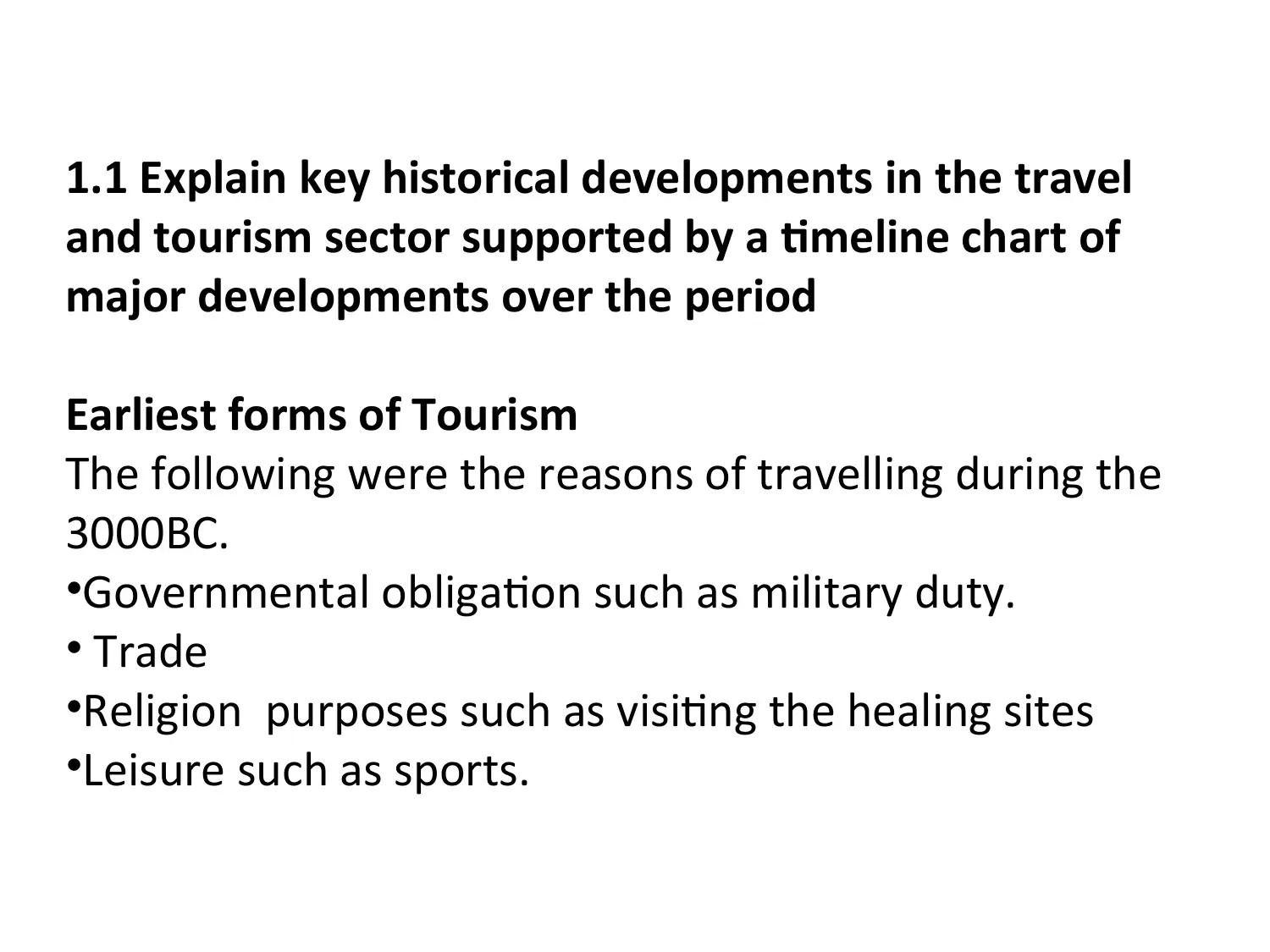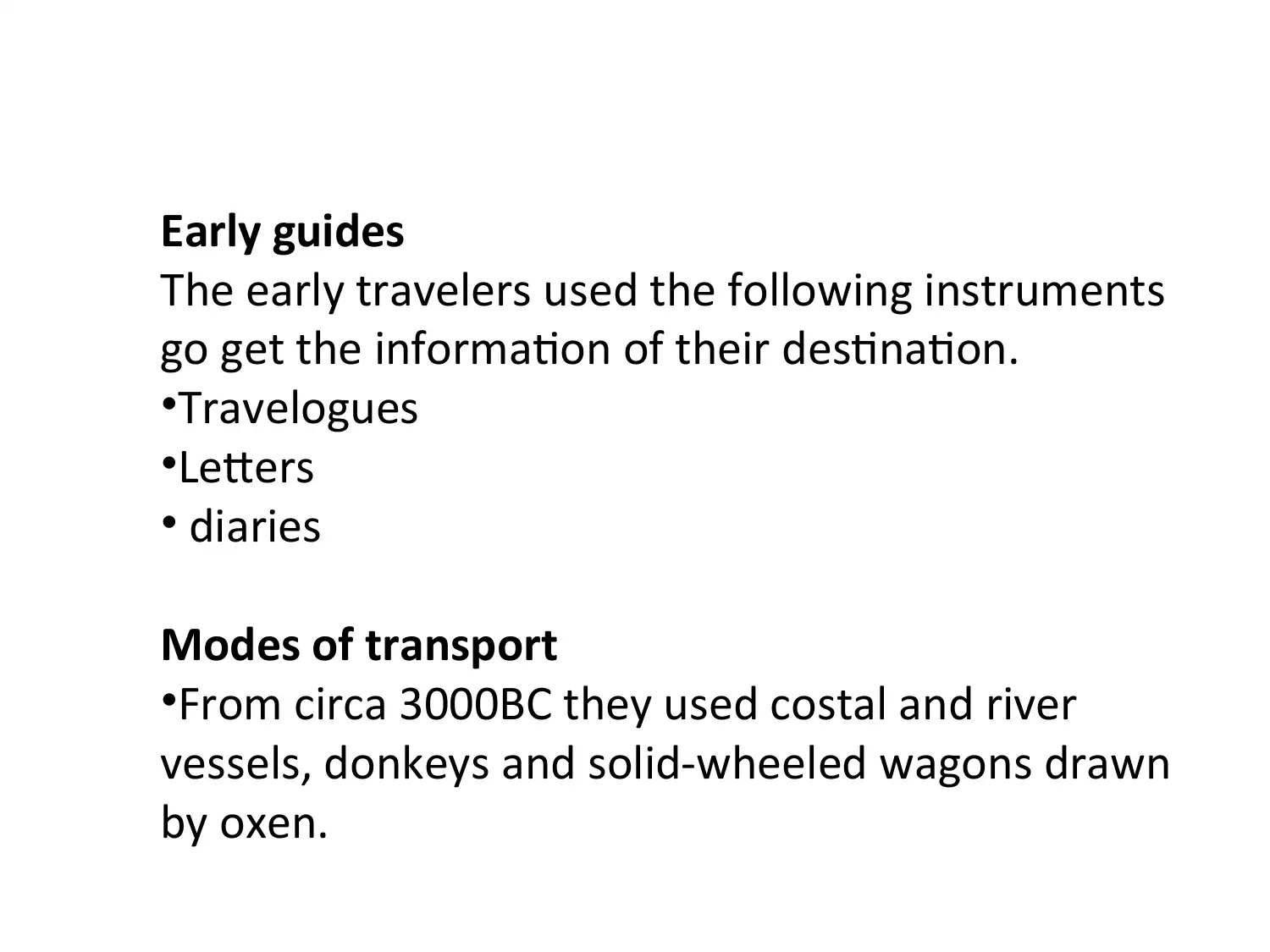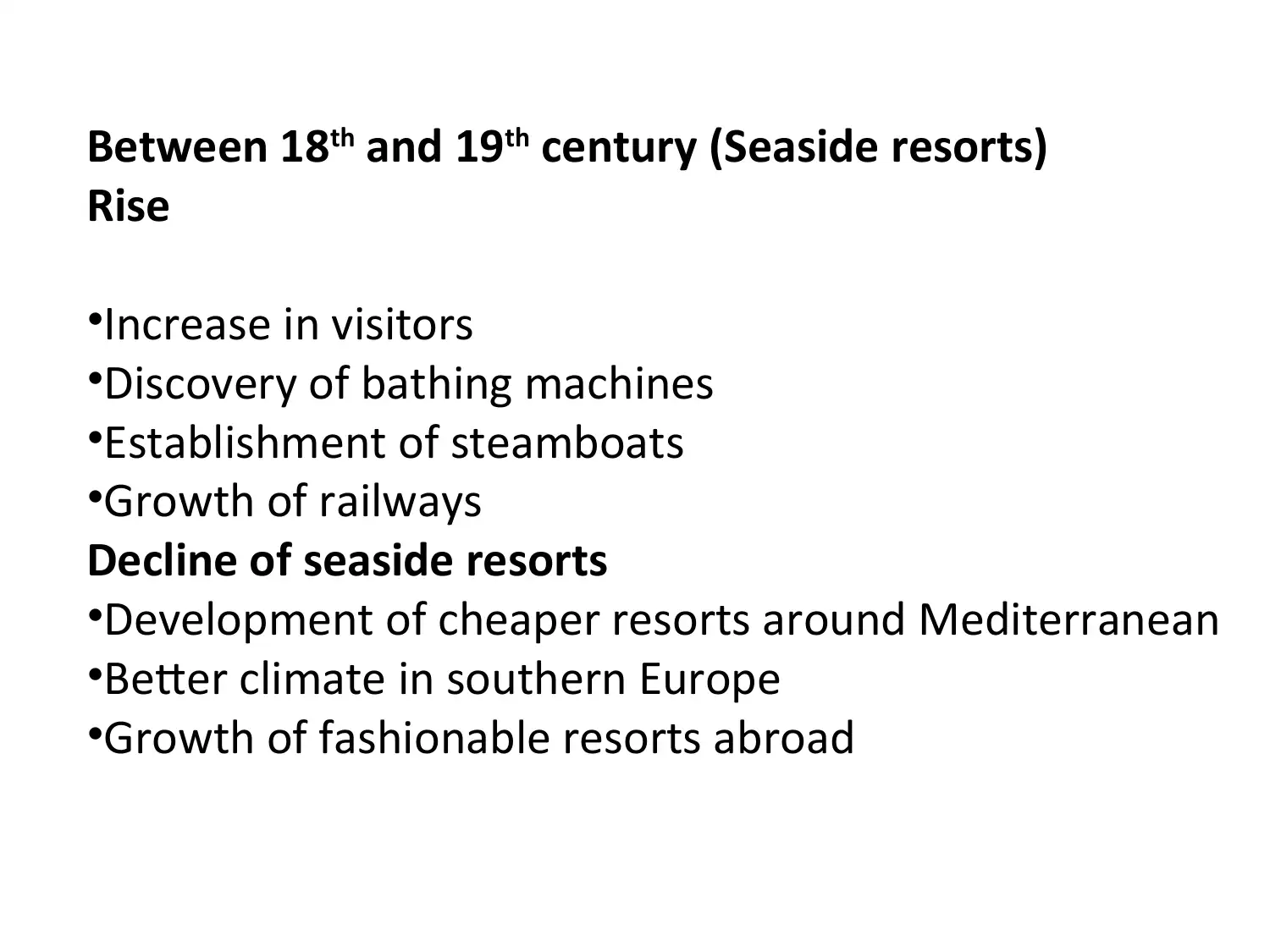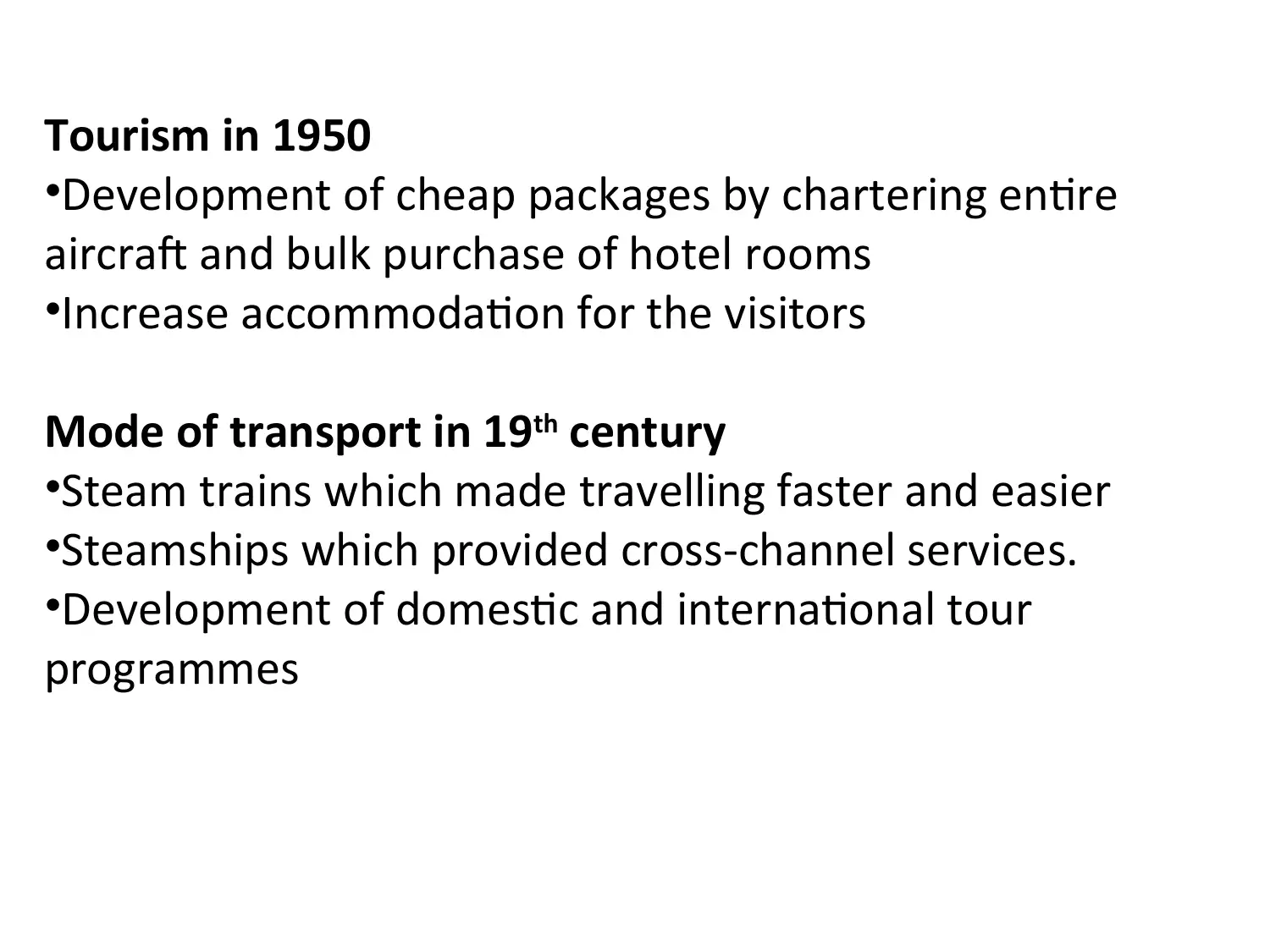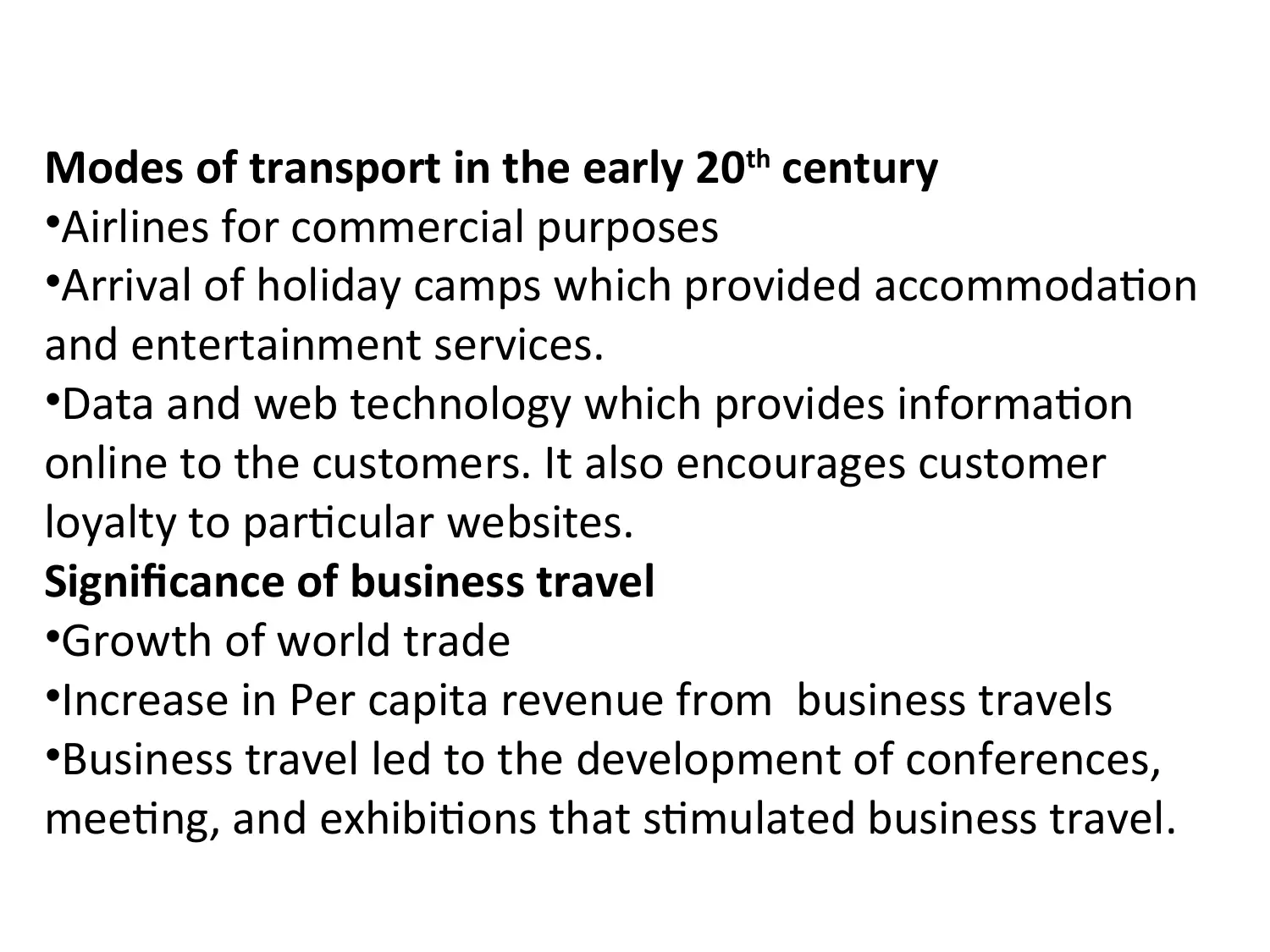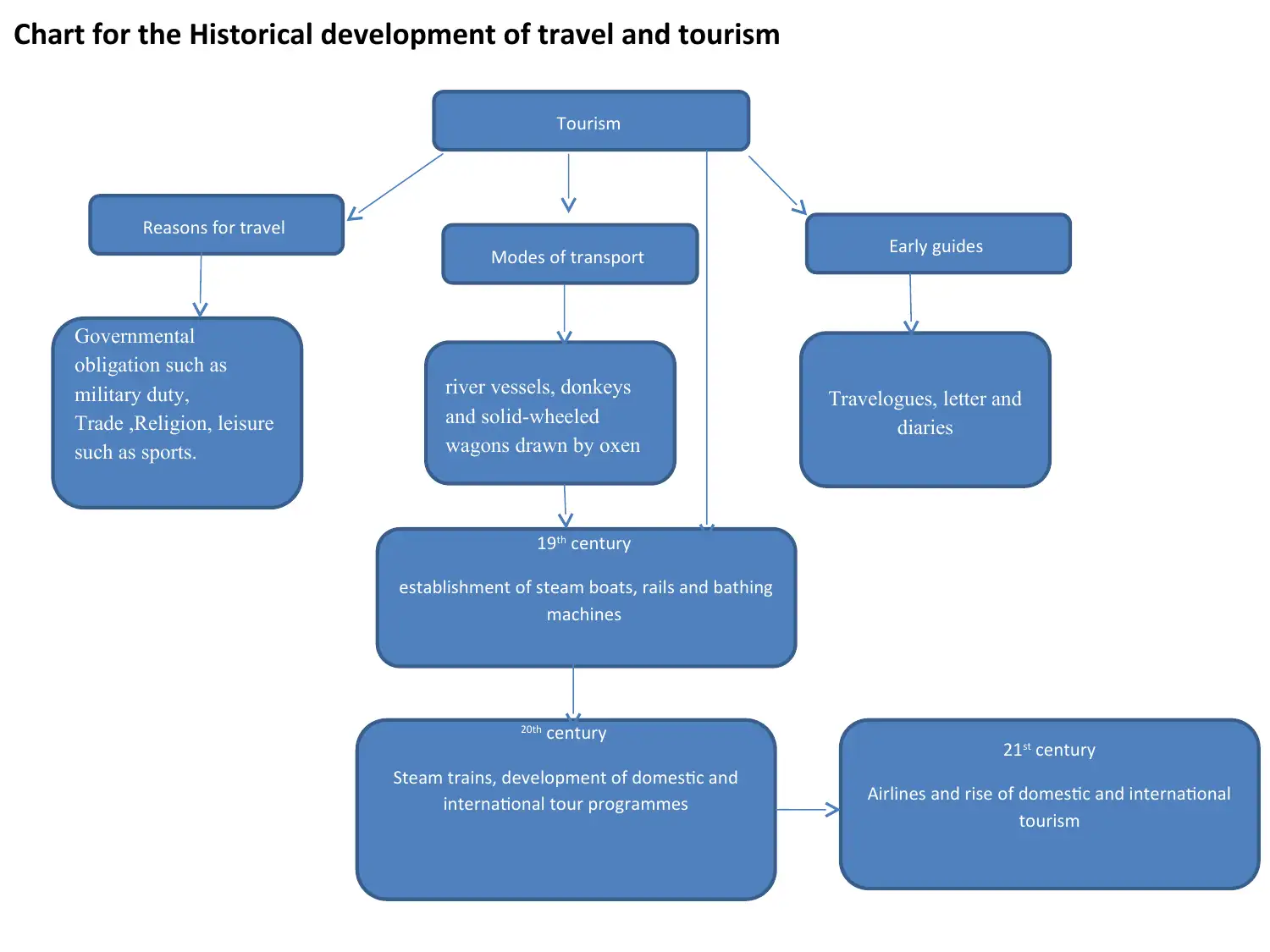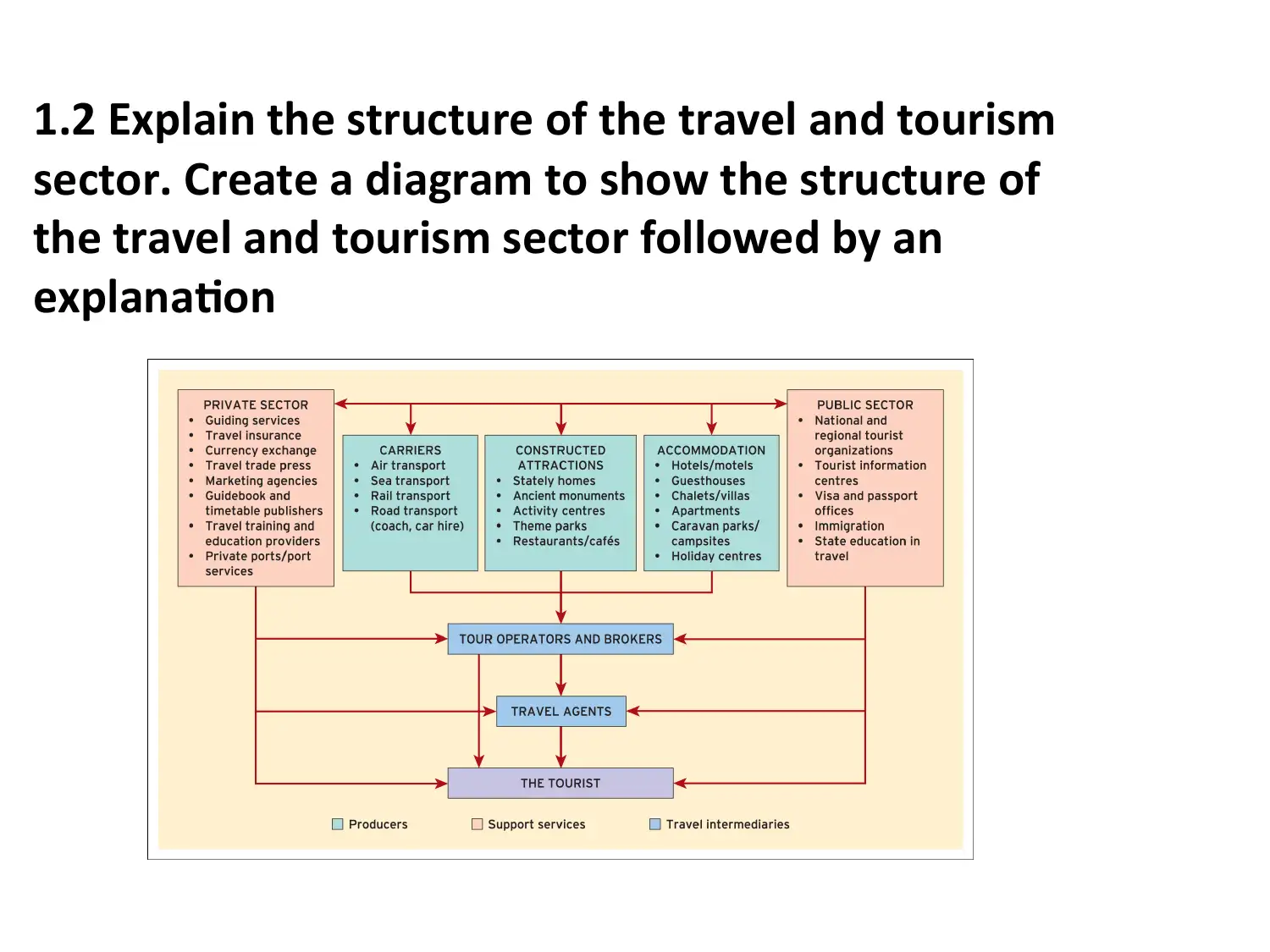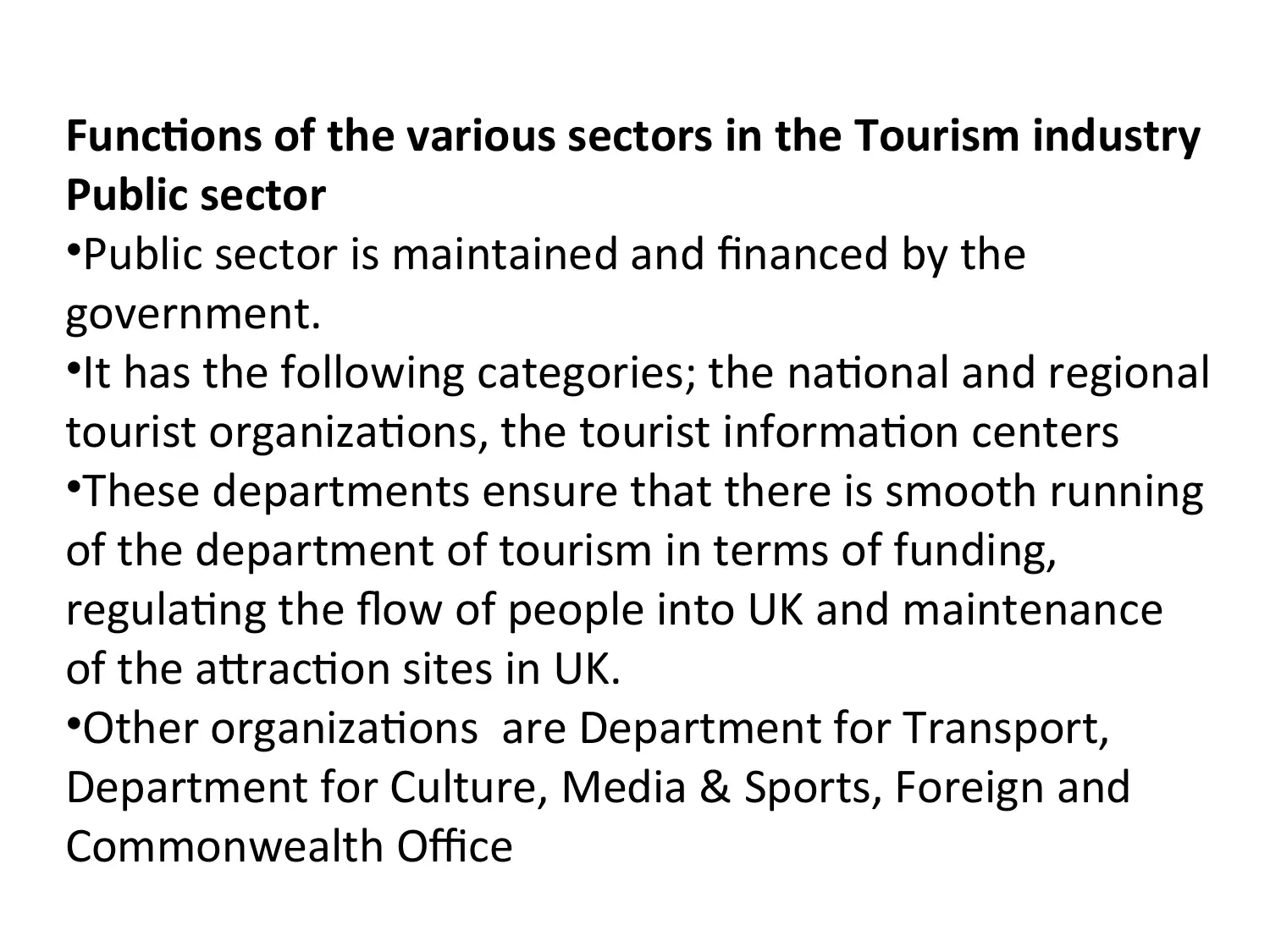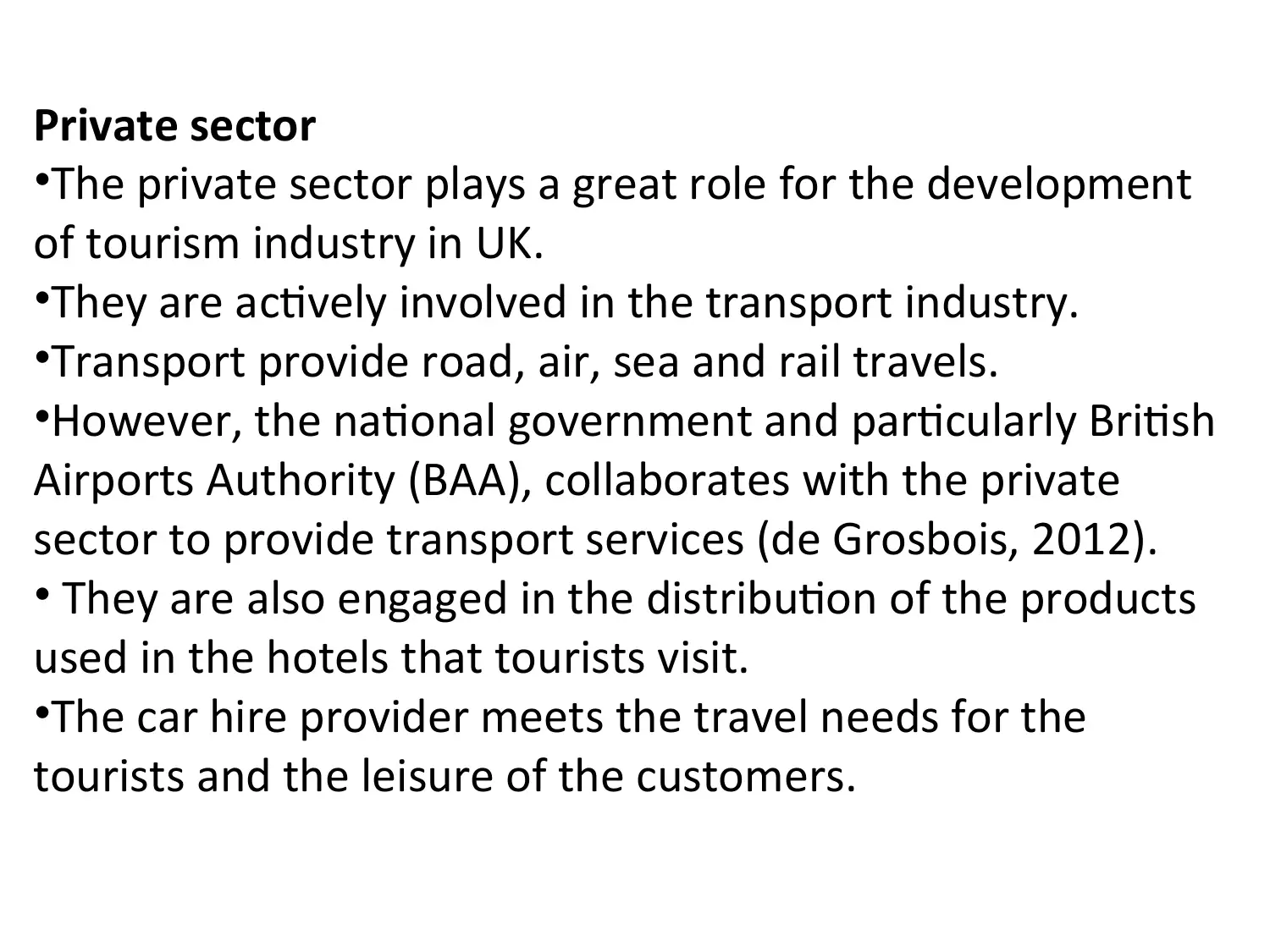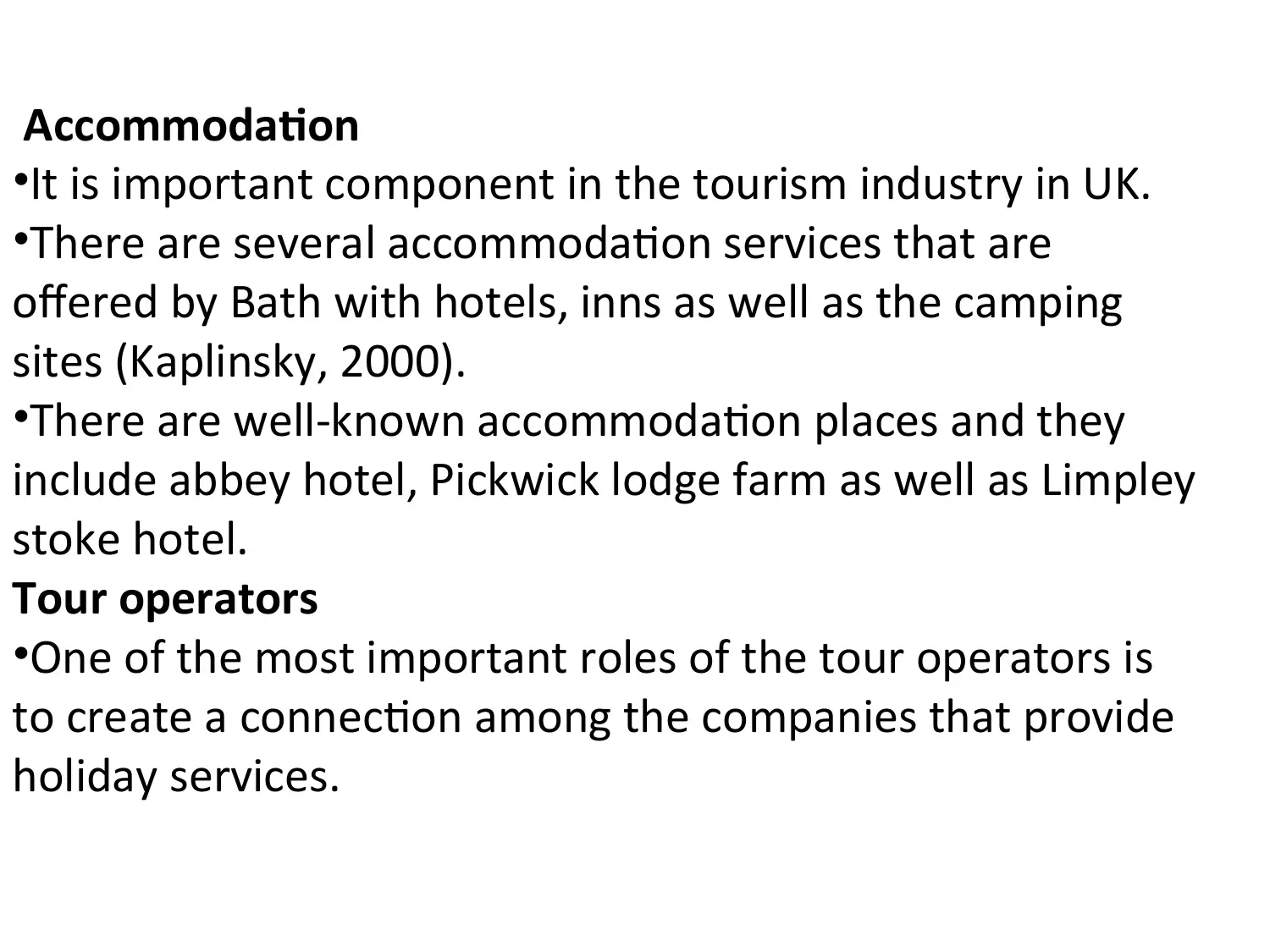Report on Historical Developments and Structure of Travel and Tourism
VerifiedAdded on 2023/04/10
|14
|882
|237
Report
AI Summary
This report provides a comprehensive overview of the travel and tourism sector, beginning with an exploration of its historical developments. It traces the evolution of travel from ancient times, detailing the modes of transport, reasons for travel, and the rise and decline of key tourism segments like spas and seaside resorts. The report then shifts focus to the sector's structure, outlining the roles of various components including the public and private sectors, accommodation providers, tour operators, and travel agents. The functions of each sector are explained, and the interdependencies are highlighted to provide a clear understanding of how the industry operates. The report concludes by emphasizing the significance of business travel and technological advancements within the sector. The report includes a timeline chart illustrating key historical developments and a diagram showing the structure of the travel and tourism sector.
1 out of 14
